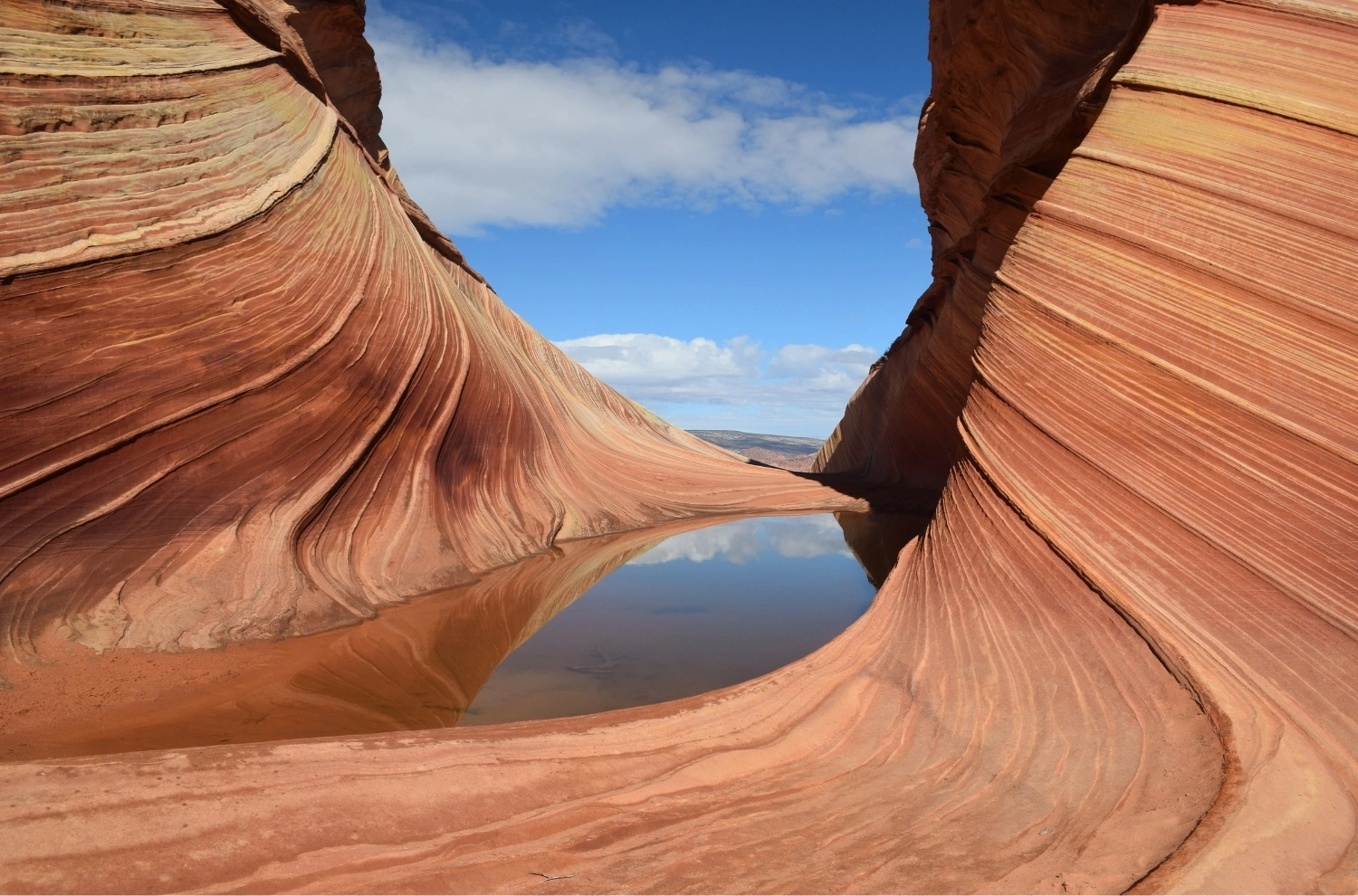Introduction
Earth is a constantly changing planet, shaped by powerful geological forces that operate over millions of years. From the formation of mountains to the eruption of volcanoes, these processes are driven by the movement of Earth’s tectonic plates, the heat from its core, and the interactions between the lithosphere, hydrosphere, and atmosphere. Understanding these dynamic processes is crucial for predicting natural disasters, locating natural resources, and comprehending the history of our planet.
This article explores the key geological processes that shape Earth, including plate tectonics, volcanic activity, earthquakes, erosion, and sedimentation. By examining these phenomena, we gain insight into how Earth’s surface and interior continue to evolve.
1. Plate Tectonics: The Driving Force of Geological Change
1.1 The Theory of Plate Tectonics
The Earth’s lithosphere (the rigid outer layer) is divided into several large and small tectonic plates that float on the semi-fluid asthenosphere beneath them. These plates are in constant motion, driven by mantle convection currents, ridge push, and slab pull.
- Mantle Convection: Heat from Earth’s core causes molten rock in the mantle to rise, cool, and sink, creating circular currents that move tectonic plates.
- Ridge Push: At mid-ocean ridges, magma rises to form new crust, pushing plates apart.
- Slab Pull: At subduction zones, denser oceanic plates sink into the mantle, pulling the rest of the plate along.
1.2 Types of Plate Boundaries
The interactions between tectonic plates occur at three main types of boundaries:
- Divergent Boundaries: Plates move apart, creating rift valleys and mid-ocean ridges (e.g., the Mid-Atlantic Ridge).
- Convergent Boundaries: Plates collide, leading to subduction zones, mountain formation, and volcanic activity (e.g., the Himalayas and the Andes).
- Transform Boundaries: Plates slide past each other, causing earthquakes (e.g., the San Andreas Fault).
These movements shape continents, create ocean basins, and trigger geological hazards like earthquakes and volcanic eruptions.
2. Volcanism: Earth’s Fiery Power
2.1 How Volcanoes Form
Volcanoes occur when magma from the mantle rises through the crust and erupts onto the surface. They are commonly found at:
- Divergent and Convergent Plate Boundaries (e.g., the Pacific Ring of Fire).
- Hotspots (e.g., Hawaii), where mantle plumes melt the crust independently of plate boundaries.
2.2 Types of Volcanic Eruptions
- Effusive Eruptions: Gentle lava flows (e.g., shield volcanoes like Mauna Loa).
- Explosive Eruptions: Violent eruptions with ash and pyroclastic flows (e.g., stratovolcanoes like Mount St. Helens).
Volcanic activity enriches soil with nutrients but also poses risks to human populations through lava flows, ash clouds, and climate-altering eruptions.
3. Earthquakes: The Shaking of the Crust
3.1 Causes of Earthquakes
Earthquakes result from the sudden release of energy along faults due to tectonic stress. The most common causes include:
- Tectonic Plate Movements (e.g., subduction zones and transform faults).
- Volcanic Activity (magma movement can trigger quakes).
- Human Activities (e.g., mining or reservoir-induced seismicity).
3.2 Measuring Earthquakes
- Richter Scale: Measures magnitude (energy released).
- Mercalli Scale: Measures intensity (observed effects).
Earthquakes can cause tsunamis, landslides, and infrastructure damage, making seismic monitoring essential for disaster preparedness.
4. Weathering and Erosion: Sculpting the Surface
4.1 Weathering: Breaking Down Rocks
- Mechanical Weathering: Physical breakdown (e.g., freeze-thaw cycles).
- Chemical Weathering: Chemical reactions (e.g., acid rain dissolving limestone).
- Biological Weathering: Organisms like roots and lichens breaking rocks.
4.2 Erosion: Transporting Weathered Material
Agents of erosion include:
- Water (rivers, waves).
- Wind (desert sand dunes).
- Ice (glaciers carving valleys).
- Gravity (landslides).
These processes shape landscapes, forming canyons, deltas, and beaches over time.
5. Sedimentation and Rock Formation
5.1 The Rock Cycle
Rocks are continuously transformed through:
- Igneous Rocks: Formed from cooled magma (e.g., basalt, granite).
- Sedimentary Rocks: Formed from compressed sediments (e.g., sandstone, limestone).
- Metamorphic Rocks: Formed under heat and pressure (e.g., marble, slate).
5.2 Fossilization and Geological Records
Sedimentary rocks preserve fossils, providing clues about Earth’s history, climate changes, and evolution.
6. Human Impact on Geological Processes
While natural forces dominate Earth’s geology, human activities also influence:
- Climate Change: Accelerating glacial melting and sea-level rise.
- Mining and Deforestation: Increasing erosion and landslides.
- Urbanization: Altering natural drainage and increasing earthquake risks.
Sustainable practices are necessary to mitigate these effects.
Conclusion
Earth is a dynamic planet, shaped by powerful geological processes that operate over vast timescales. From the slow drift of continents to the sudden violence of earthquakes and volcanoes, these forces continually reshape our world. By studying these processes, scientists can better predict natural disasters, locate resources, and understand Earth’s past and future.
As humans continue to influence geological systems, responsible stewardship of the planet becomes increasingly vital. By respecting Earth’s dynamic nature, we can coexist harmoniously with the powerful forces that have shaped—and will continue to shape—our world.
